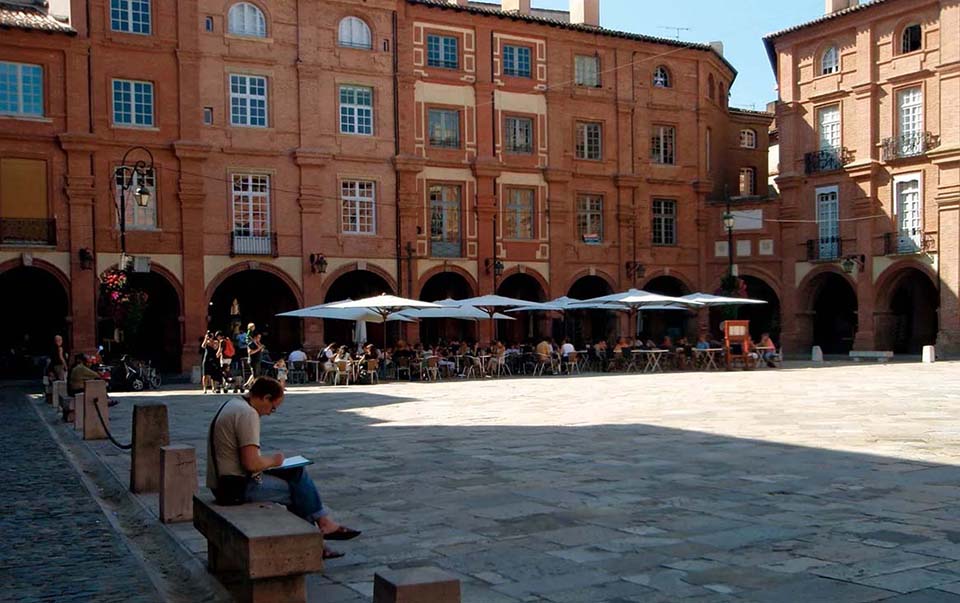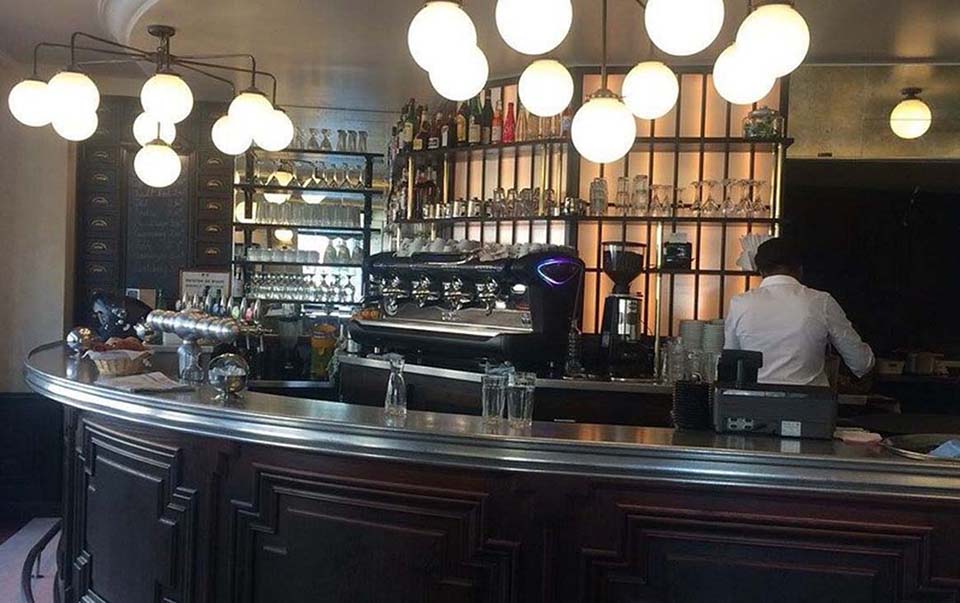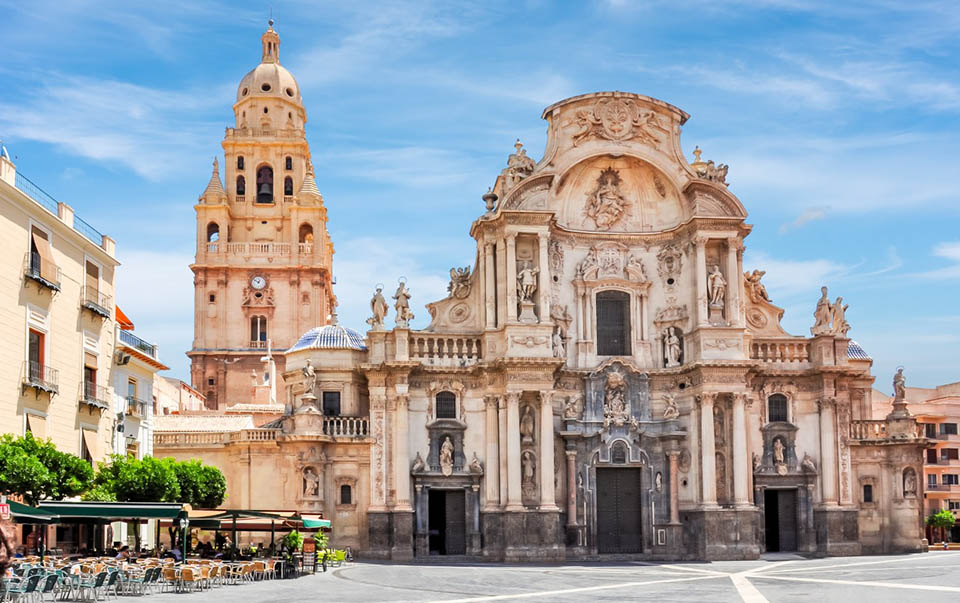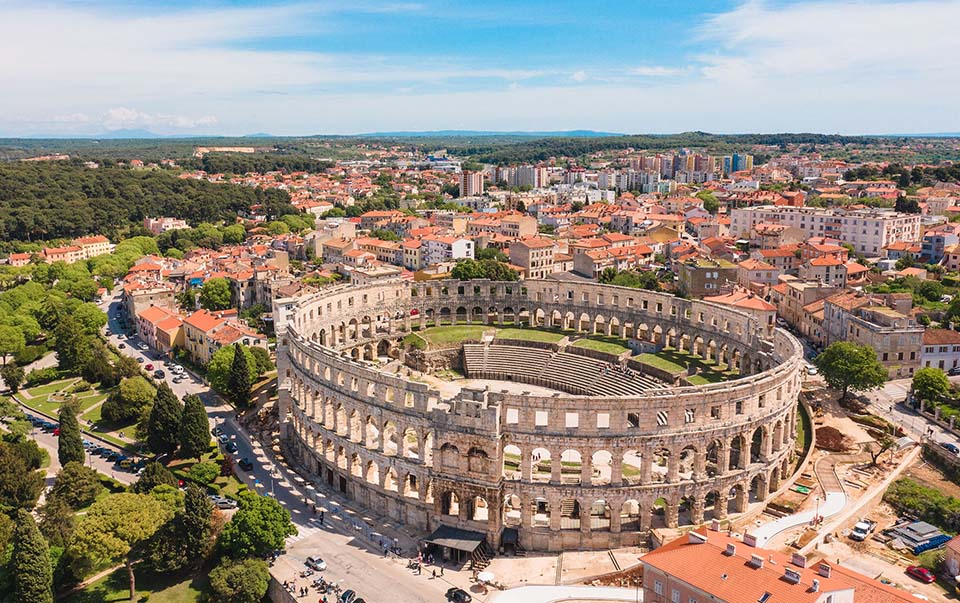
Montauban isn’t a city I had planned to visit originally. Nestled quietly in southern France, in the Occitanie region, it wasn’t loud on the tourist radar like Toulouse or Carcassonne. But sometimes, it’s the places that whisper instead of shout that leave the deepest imprint. When I arrived in Montauban early in the morning, the city was just waking up. The soft golden light bathed the pink-brick buildings, and the streets carried that calm murmur unique to small French towns—somewhere between a sigh and a greeting.
1. Early Morning Arrival and First Impressions
My train pulled into Montauban-Ville-Bourbon station just past 7:30 AM. I had a full day ahead of me and a loosely planned route that promised art, architecture, and a generous slice of the local way of life. Walking out of the station, I crossed the Pont de Sapiac and made my way toward the city center. The Tarn River, still and glassy at that hour, mirrored the arches of the old bridges and the glowing facade of the city beyond.
The first scent to hit me came from a nearby bakery—fresh bread, butter, and warm sugar. I followed my nose to a small boulangerie tucked at the corner of Rue de la République and picked up a pain au chocolat and a café crème. Leaning against a stone ledge near the Jardin des Plantes, I ate slowly, watching early joggers and a few schoolchildren pass by. The pastry was crisp on the outside, meltingly soft inside, with just enough chocolate to brighten the taste. It was a small start to a long day, but one that set the tone: this would be a slow exploration, rooted in texture, flavor, and feeling.
2. A Walk Through the Historic Center
The core of Montauban is compact, walkable, and easy to fall in love with. As I wandered up Rue du Général Sarrail, I kept catching glimpses of Place Nationale between the narrow streets. This square is the beating heart of the city. Surrounded by arcaded buildings and steeped in centuries of history, it has seen markets, gatherings, and revolutions. At this early hour, it was quiet, with a few people arranging chairs outside cafés and delivery men unloading crates of fresh produce.
Each building in the square seemed to carry its own personality. The pinkish terracotta bricks are not uniform—they vary in hue and wear, giving the place a lived-in, almost theatrical air. I walked under the arcades, listening to the echoes of my own footsteps, and paused in front of a small plaque detailing the history of the square’s architecture, rebuilt in the 17th century after a devastating fire.
I sat for a while at a café called Le Parisien, ordered a second coffee, and watched the square slowly fill with life. Locals greeted one another with kisses on both cheeks. Dogs lazed under tables. A group of elderly men played cards at a side table, already animated in discussion. I didn’t rush. This was the kind of place that rewards lingering.

3. Ingres Museum: A Master’s Legacy
By mid-morning, I headed toward the Musée Ingres Bourdelle, just a short walk from the square. The museum is housed in the old Episcopal Palace, a grand building perched above the Tarn River. I stood outside for a few minutes before going in, just admiring its fortress-like structure, with massive stone steps and thick walls.
Inside, the atmosphere shifted. Quiet, contemplative, and full of beauty. The museum honors two major artists born in Montauban—Jean-Auguste-Dominique Ingres and Antoine Bourdelle. The Ingres collection is particularly vast: portraits, drawings, sketches, and personal objects that trace his evolution as an artist. I spent nearly two hours here, lost in the details of Ingres’ work. His pencil drawings captivated me most. They had this almost impossible precision—every line felt intentional, restrained yet emotive.
There was one small portrait of his father that caught my attention more than the grander works. The expression in the eyes was so tender, so deeply human, that I found myself returning to it twice before moving on.
The museum is modern in presentation but reverent in tone. There’s a room dedicated to Bourdelle’s sculptures, rough and bold, a perfect contrast to Ingres’ refinement. I liked how the space didn’t overwhelm. It offered enough without exhausting.
4. Lunch by the Tarn
It was just after 1 PM when I stepped back into the sunlight. The temperature had climbed a bit, and I walked back down toward the Tarn. A restaurant called L’Estanquet had caught my eye earlier—its terrace overlooked the river, and the menu featured regional fare.
I sat under a canvas umbrella and ordered cassoulet, a slow-cooked bean and meat stew native to southwestern France, and a glass of Fronton red wine. The dish arrived in a steaming earthenware bowl—rich, comforting, full of depth. The sausage was perfectly browned, the duck confit falling apart with a gentle prod of the fork, and the beans soaked up every bit of the seasoned fat and stock. I ate slowly, savoring each bite, letting the wine balance the intensity.
From my seat, I could see the Pont Vieux, the oldest bridge in the city. Built in the 14th century, it had a medieval sturdiness that contrasted beautifully with the blue sky. A few canoes floated by, and on the far bank, a group of teenagers were sprawled on the grass, laughing and skipping stones.
5. Afternoon Wandering and the Old Bridge
After lunch, I crossed the Pont Vieux. The bridge offers the best views of Montauban’s pink skyline, especially the soaring spire of the Cathedral of Notre-Dame. The walkway is cobbled and slightly uneven, but the experience is worth every step.
I followed a footpath along the riverbank for a while. It took me past quiet residential houses, vegetable gardens, and into Parc de la Roseraie, a small rose garden fragrant with blossoms. I sat on a bench, shoes off, and watched bees drift from petal to petal. A couple of painters had set up easels near the edge of the park, dabbing oils onto canvas.
Eventually, I made my way back into town via Rue Mary Lafon. There were more shops open now—boutiques selling local pottery, bookstores, and a charming toy shop that seemed untouched by time. I ducked into a fromagerie and asked the owner for something local. He handed me a small round of Rocamadour cheese wrapped in paper, which I nibbled on as I walked.
6. Cathedral Visit and Late Afternoon Pause
The Cathédrale Notre-Dame de l’Assomption stands tall at the edge of the old town. Its neoclassical facade is unexpected, almost Roman in style, and imposing in size. Inside, the space is vast and quiet. Sunlight streamed through the stained glass, casting blue and red patterns on the stone floor.
I took a seat near the back and simply sat. The coolness of the interior was a welcome contrast to the late afternoon heat. I watched a woman light a candle near the altar, her face serene. The silence in this space carried a kind of weight, but not an oppressive one. More like a comforting blanket of stillness.
When I stepped outside again, the golden hour had begun. Montauban’s buildings seem made for this time of day. The pink bricks glow warmly, the shadows stretch long and slow, and everything takes on a softness that invites calm.
7. Sunset and Wine at a Local Bar

As the sun dropped closer to the horizon, I wandered back toward the Place Nationale. This time it was lively, full of people enjoying apéro. I found a spot at a wine bar called Le Comptoir des Halles, with outdoor tables that looked out on the buzzing square.
I asked for a recommendation and was poured a glass of Gaillac white wine. Crisp, floral, and just slightly mineral. I paired it with a plate of charcuterie and olives. Around me, groups chatted, laughter bubbled from corners of the terrace, and children played tag between the table legs.
The sky turned from gold to lavender, and the lights under the arcades came on gradually. I felt that quiet, settling satisfaction of a day well lived.
8. Night Walk and One Last Look
It was after 9 PM when I started walking again. The city had cooled slightly, and I followed the soft hum of nightlife down to the river once more. The Pont Vieux was lit with soft yellow lights that shimmered in the water. I stood in the middle, looking at the reflections and the dark outlines of the rooftops.
A couple walked past me hand in hand. From a nearby window, I heard a piano playing—something classical, slow and familiar. It felt like a soundtrack to the scene. I lingered until my legs began to ache from the day’s walking, then turned back toward my accommodation.
The streets were mostly empty now. Only a few locals remained, sitting on balconies or closing their shutters. The air carried the scent of warm stone and late-blooming jasmine.
9. The Quiet End of a Long Day
Back in my room, I opened the window and let the cool air in. My feet were sore, my shoulders tanned, and my notebook full of little sketches and notes. It had been a full day—one of those days that doesn’t demand excitement but offers steady, gentle beauty in return.
The kind of day that stays with you—not because of something dramatic or spectacular—but because everything simply felt right. Walking through Montauban didn’t feel like checking off a list. It felt like letting a place introduce itself, slowly and with grace.


